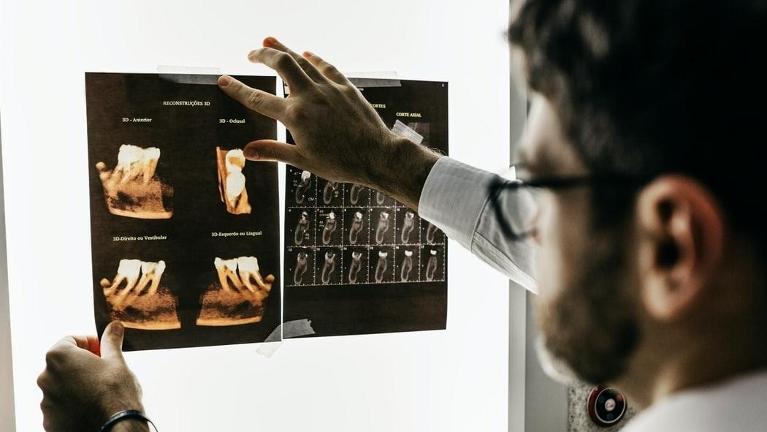
When it comes to your teeth, emergencies can be panic-inducing. Your smile plays an integral role in your outward appearance, and nobody wants to have missing teeth. Accidents happen to all of us, so it’s important to know what to do in the event that you find yourself in a dental emergency. If you act quickly, you can minimize the damage and perhaps save your tooth. We’ll help you determine what constitutes a dental emergency and how to handle them.
How do I know if it’s a dental emergency?
First, how can you tell if it’s an emergency? A dental emergency is time-sensitive, meaning you need to get care for your teeth as soon as possible even if it’s after hours or on a weekend. In a dental emergency, you may be in pain due to a cracked, chipped, knocked-out tooth. If you have any signs of infection or bleeding from the mouth, those are all potential dental emergencies. If you find yourself in one or more of these scenarios, it’s time to contact your dental physician.
A mild toothache, small chip, or lost crown are not considered dental emergencies and can be handled within office hours. You don’t have to get these situations resolved over the weekend or holiday, although you will want to schedule a visit at your convenience.
How to care for a knocked-out tooth.
If you’ve lost a tooth, there are several things you can do while you’re en route to the dentist to help salvage the situation. If you’re able to get to your dentist within thirty minutes of losing the tooth, your dentist may be able to save it. In the meantime, handle the tooth by the crown only (the chewing side of the tooth). You should never touch the roots where the nerves are stored. If possible, rinse the tooth of any dirt or debris and gently reinsert it into the socket. You’ll have to hold it in place until you reach your dental physician. If you’re unable to push the tooth back into the socket, try storing the tooth in a container of milk or water to keep it moist until you reach your dentist’s office.

How to care for a chipped tooth.
Although slightly less time-sensitive than a lost tooth, a chipped or cracked tooth is also a dental emergency and you’ll want to see your dental professional as soon as you are able. A fractured tooth can easily become infected. In the interim, saltwater rinses are beneficial. Try a ratio of ½ teaspoon of salt to ½ cup of warm water. Put a temporary seal over the cracked edge with a bit of paraffin wax or sugarless chewing gum, as any sharp edges could cut into your tongue or cheek. Over-the-counter pain killers may be used if you’re experiencing any pain or discomfort.
How to care for an abscessed tooth.
An abscess is a bacterial infection that causes the formation of pus around the tooth in pockets. It is typically painful. Without immediate treatment, the infection from an abscessed tooth can spread to other parts of your body. The abscess can also rupture. You shouldn’t delay treating an abscessed tooth, but while waiting to see your dentist, you can alleviate the pain slightly with salt water rinses, cold compresses to the outside of your cheek, or over-the-counter painkillers.
Our team is experienced with dental implants, extractions, and oral plastic surgery in the event that you lose a tooth in a dental emergency. Schedule a consultation with us at (713) 457-6351 to review your options. Nobody wants to lose their original teeth, but if it’s happened to you, we can restore your smile to its original sparkle.
